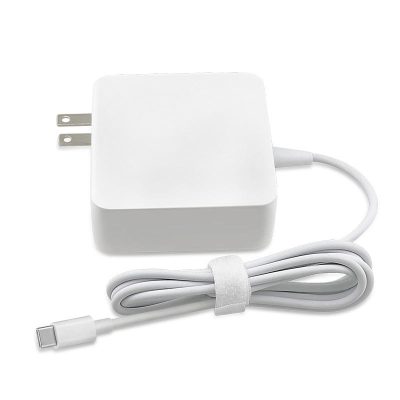Understanding Fast Charging Technology in USB Chargers
Fast charging technology has revolutionized how quickly we can power up our devices. Here’s a comprehensive look at the different aspects of fast charging, how it works, and what to consider when choosing a fast charger.
1. What is Fast Charging?
Fast charging allows devices to charge significantly quicker than traditional chargers by increasing the power output delivered to the device. This is achieved through higher current (amperage) and voltage.
2. Key Fast Charging Technologies
- Power Delivery (PD)
- Developed by the USB Implementers Forum.
- Supports up to 100W of power.
- Dynamic power adjustment for optimal charging.
- Widely adopted across smartphones, tablets, and laptops.
- Quick Charge (QC)
- Developed by Qualcomm.
- Versions range from QC 1.0 to QC 5.0, with each iteration offering improved speeds.
- Backward compatible with older devices.
- QC 4+ offers up to 27% faster charging and 30% higher efficiency compared to QC 4.0.
- Adaptive Fast Charging (AFC)
- Developed by Samsung.
- Compatible with select Samsung devices.
- Allows for dynamic voltage adjustments based on the device’s needs.
- TurboPower
- Developed by Motorola.
- Offers high-speed charging for Motorola devices.
- Capable of delivering up to 28.5W of power.
- VOOC (Voltage Open Loop Multi-step Constant-Current Charging)
- Developed by OPPO.
- Delivers high-speed charging with lower heat generation.
- Variants include SuperVOOC, offering even faster speeds.
3. How Fast Charging Works
- Voltage and Current: Fast chargers increase either the voltage or the current (or both) to deliver more power. For example, a typical charger might provide 5V/2A (10W), while a fast charger might provide 9V/2A (18W) or more.
- Device Compatibility: The device must support the specific fast charging protocol to take advantage of the increased power. Devices not compatible with the protocol will charge at standard rates.
4. Benefits of Fast Charging
- Time Efficiency: Significantly reduces the time required to charge devices, making it convenient for busy schedules.
- Improved Battery Life Management: Some fast charging technologies adjust power delivery to optimize battery health over time.
5. Considerations When Choosing a Fast Charger
- Compatibility: Ensure the charger supports the fast charging protocol of your device (e.g., PD for iPhones, QC for many Android phones).
- Wattage: Choose a charger with the appropriate wattage for your device. Higher wattage chargers can charge larger devices like laptops.
- Quality and Safety: Look for chargers with safety certifications (e.g., UL, CE) to prevent overheating, overcharging, and short-circuiting.
- Cable Quality: Use high-quality cables that support fast charging to ensure optimal performance.
6. Popular Fast Chargers
- Anker PowerPort Atom III Slim
- Features: 30W PD, ultra-slim design, foldable plug.
- Best For: Smartphones, tablets, and smaller laptops.
- RAVPower 61W PD Charger
- Features: 61W output, GaN technology for a compact size.
- Best For: Laptops, tablets, and smartphones.
- Samsung 25W USB-C Super Fast Charging Wall Charger
- Features: 25W output, compatible with Samsung AFC.
- Best For: Samsung smartphones and tablets.
- Aukey Omnia 65W PD Charger
- Features: Dual ports (USB-C and USB-A), supports PD 3.0.
- Best For: Charging multiple devices simultaneously.
7. Tips for Using Fast Charging
- Monitor Heat: Fast charging generates more heat. Ensure the charger and device are in a well-ventilated area to prevent overheating.
- Unplug When Fully Charged: To maintain battery health, unplug the device once it’s fully charged.
- Use Manufacturer-Approved Accessories: Using chargers and cables approved by the device manufacturer ensures compatibility and safety.
Conclusion
Understanding fast charging technology is crucial for optimizing your device’s charging time and maintaining battery health. By choosing the right charger and ensuring compatibility with your device’s fast charging protocol, you can enjoy the benefits of rapid power-ups and efficient energy use. Whether it’s Power Delivery, Quick Charge, or another fast charging standard, staying informed will help you make the best choices for your charging needs.







